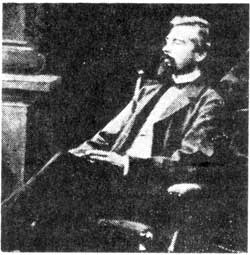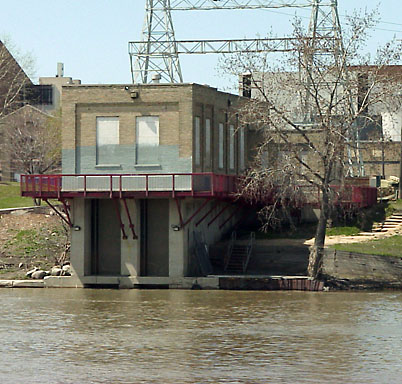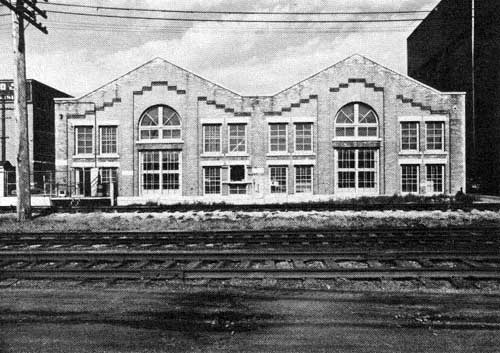Charting the flood by James Free Press May 14, 1950
As flood waters head closer to the city, a new phrase will enter our daily language.
Forecasters don't speak in terms of total metres or feet when it comes to Winnipeg water levels, they use "above James". For those not around in '97 you better get used to it or you'll be in the dark (and perhaps under water!)
The best explanation for James can be found at the city's website.
In a nutshell, "James", (aka James Avenue Datum or JAD), is the reference point that the city uses to measure water elevation. It's called James because it's located where the old James Avenue Pumping Station meets the Red River.
James is set to average winter ice levels at 727.57 feet above sea level, also known as "0 feet James". In the summer, when the river is flowing, the average water height is around 734.5 feet, or "7 feet James".
It is unclear what year this mark was set. (The pumping station opened in 1907.)

The table above shows recent floods and the how many feet above James they were. You might notice that 1997 was lower than 1950 despite being it being called "the flood of the century". (Source of data and chart Review of Historic Flood Data, Section 2 pdf).
James Av. Pumping Station - an engineering marvel
In the early 1900s, Winnipeg's water infrastructure was not keeping up with the city's phenomenal pace of growth.
An October 1904 fire destroyed a number of buildings at Main and Bannatyne and could have wiped out much of the Exchange District. James Ashdown, whose store was destroyed, led the charge for a pressurized water system and is said to even have put most of the money to build it.

When the pumping station was fired up in 1907 the pressure was enough that any city fire hydrant could spit out a 600-foot stream of water. When the plant was retired in 1986 it was one of only two pressurized water systems still in use in North America.
Great essays on the plant can be found here on the MHS website, (including photos of the machinery inside), and at Heritage Winnipeg.
So, who was 'James' ?
 Quite fittingly, James Ross was a journalist!
Quite fittingly, James Ross was a journalist!
The Ross' were a pioneer Metis family that settled in Red River in 1825. (James' brother was William Ross, the settlement's first Postmaster whose home, Ross House, is a museum in Point Douglas).
James Ross, (also see), was co-editor of the Nor'Wester, the Red River Settlement's first newspaper. After getting a law degree he went on to work for papers such as the Toronto Globe. He returned to the settlement prior to the Red River Rebellion and, while he supported Riel, was not in favour of Rebellion. He was be a magistrate during the provisional government.
I think as a journalist he would be pleased that 'his' water level is still reported on every spring!















3 comments:
Most interesting! This is exactly the sort of thing that long-time Winnipeggers know and newbs are totally confused by - thanks for sharing!
hey, no problem ! you're blog is great as well - reading about being a newb in Winnipeg !
Mr Christian,
Excellent post - I thought I had a good grasp of "James" before I read this - but know I now do. Loved the details, now if somebody can only explain Salter St. Bridge to me?!
Post a Comment